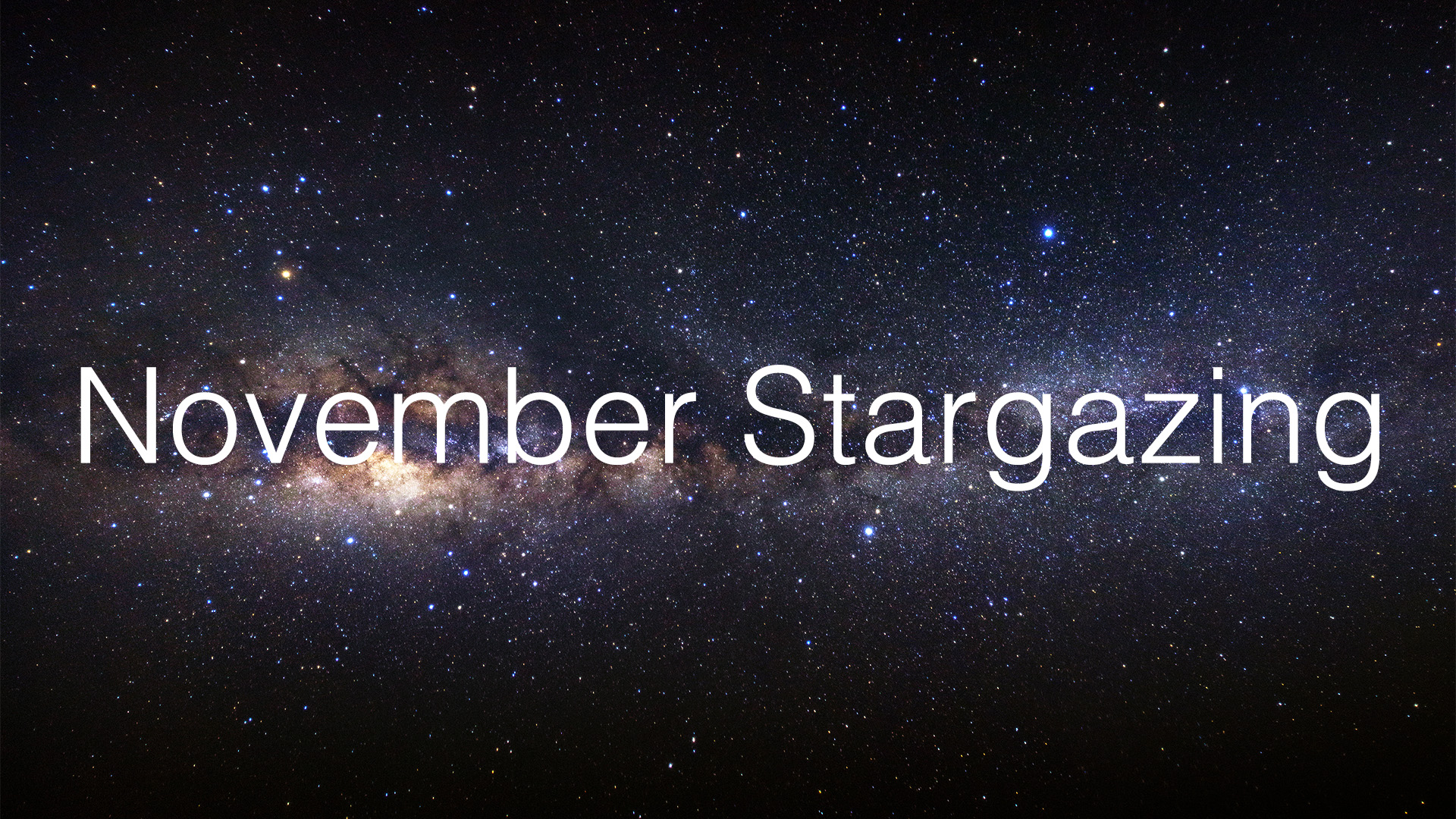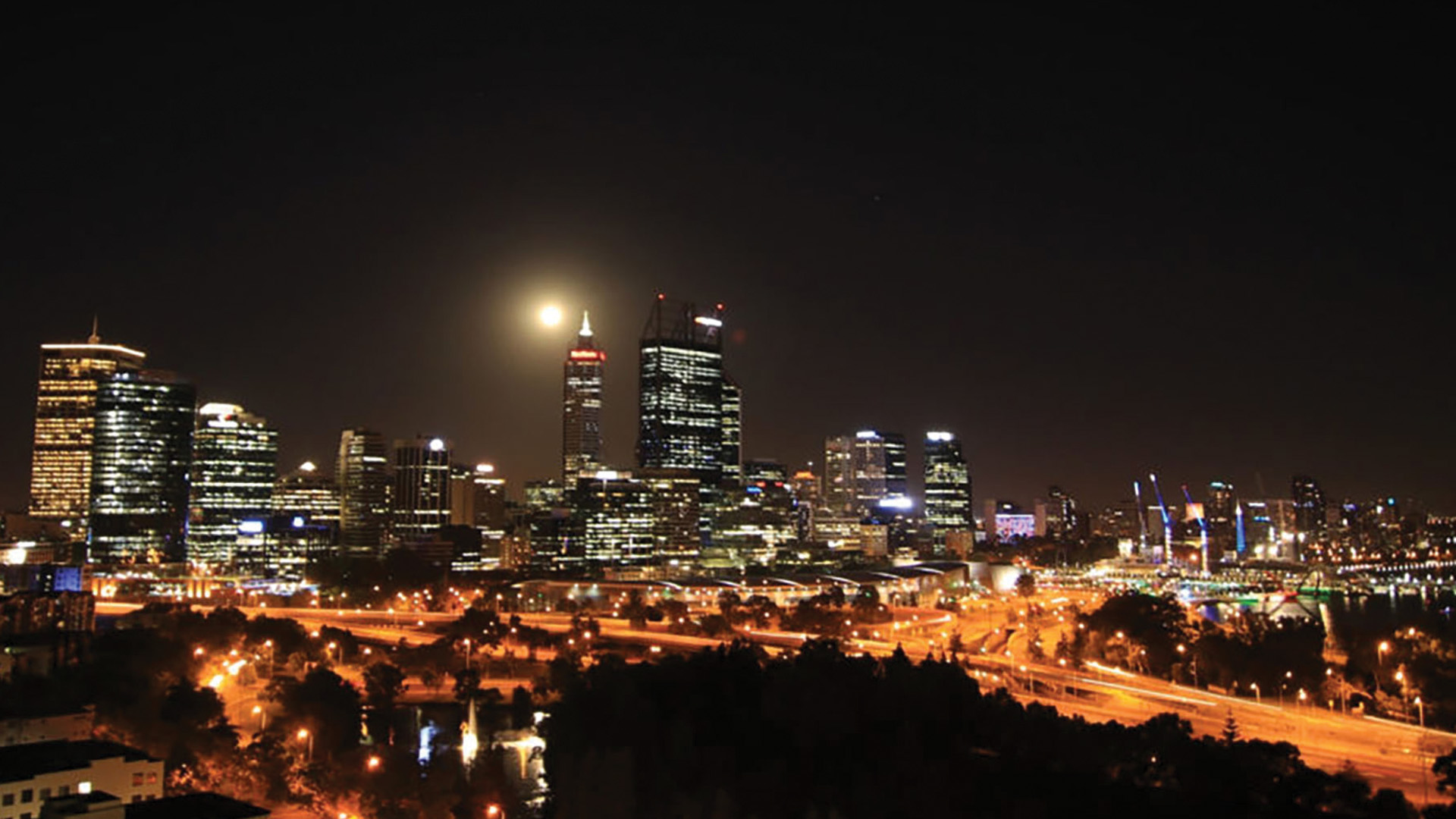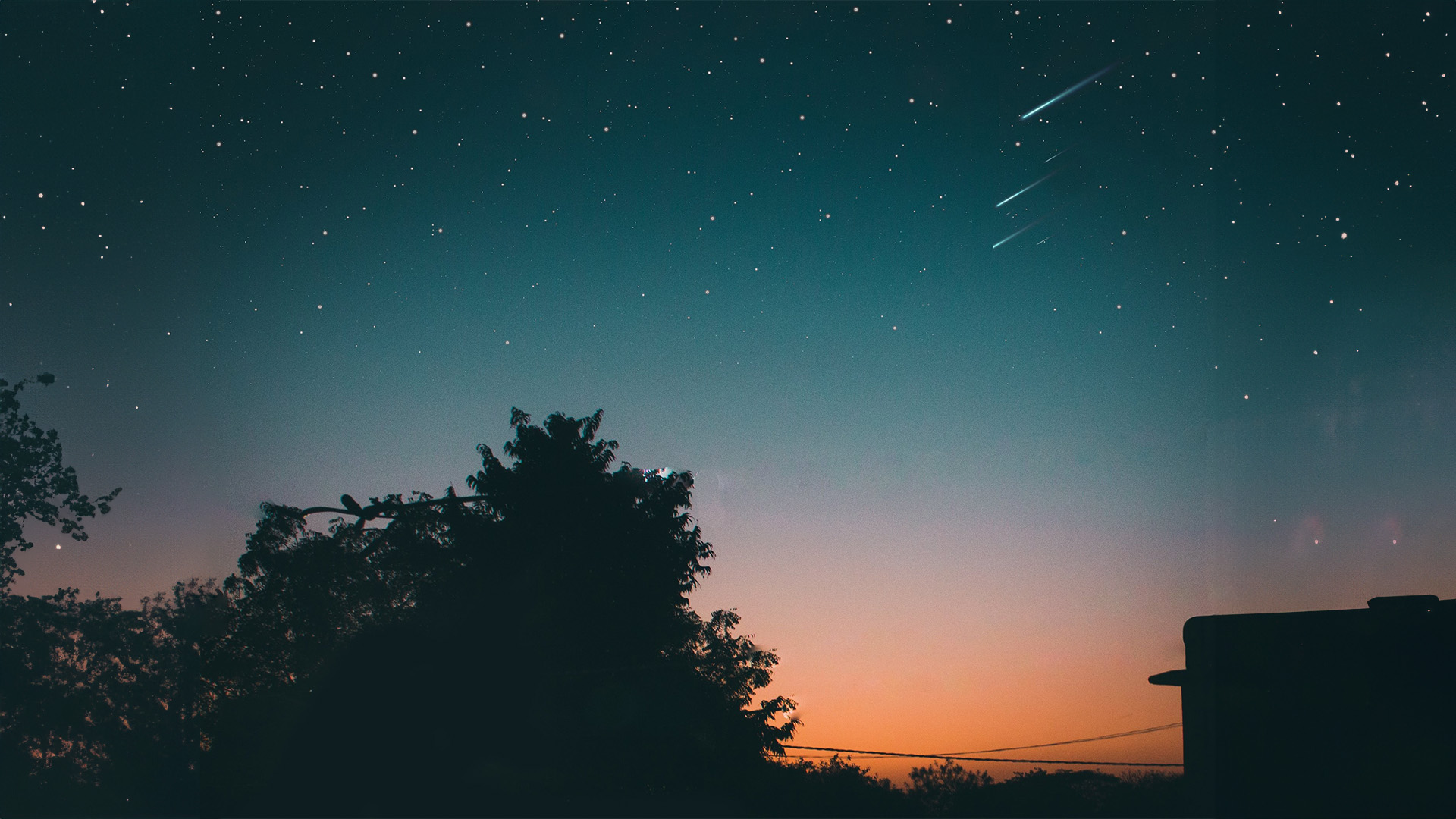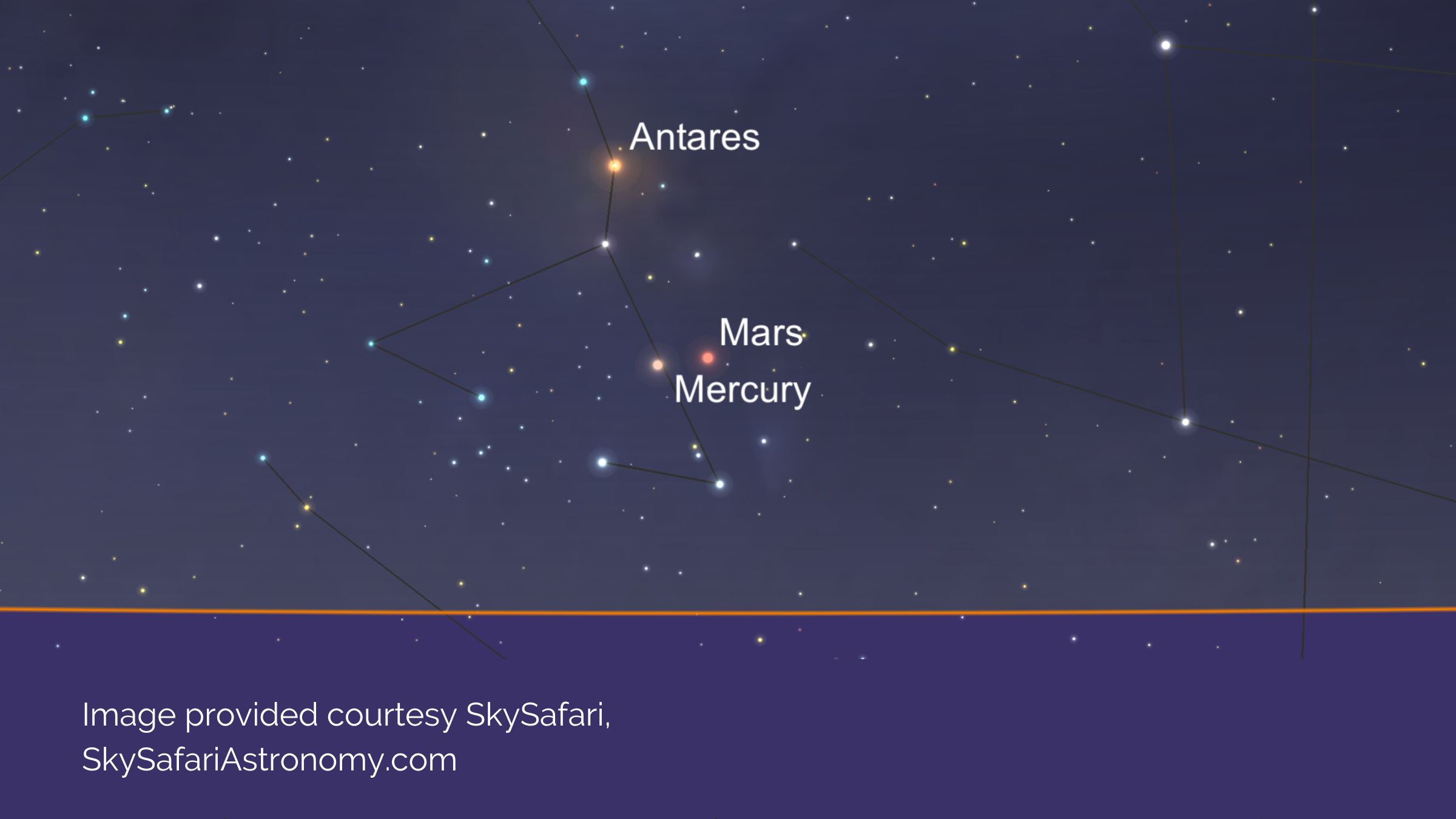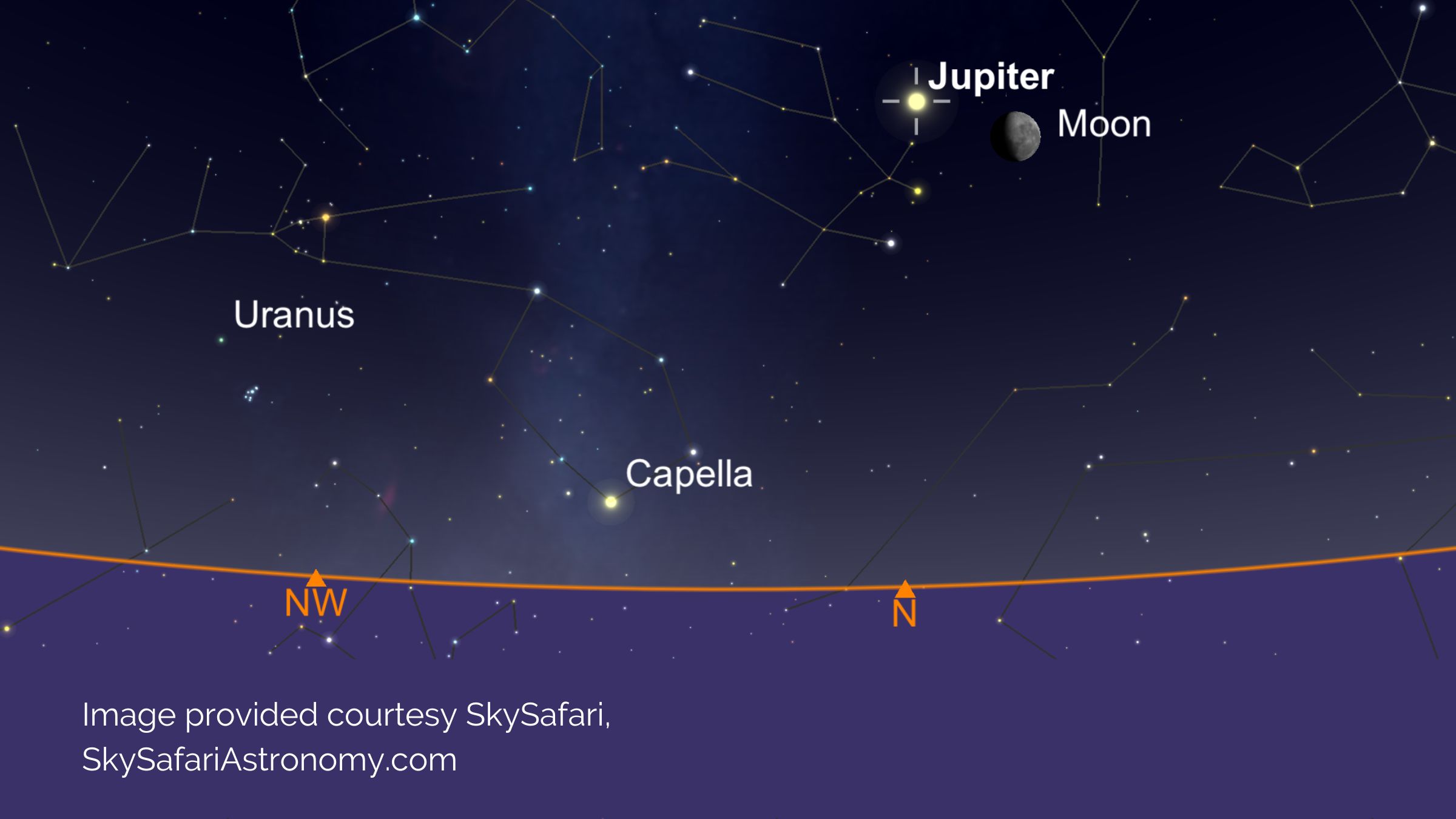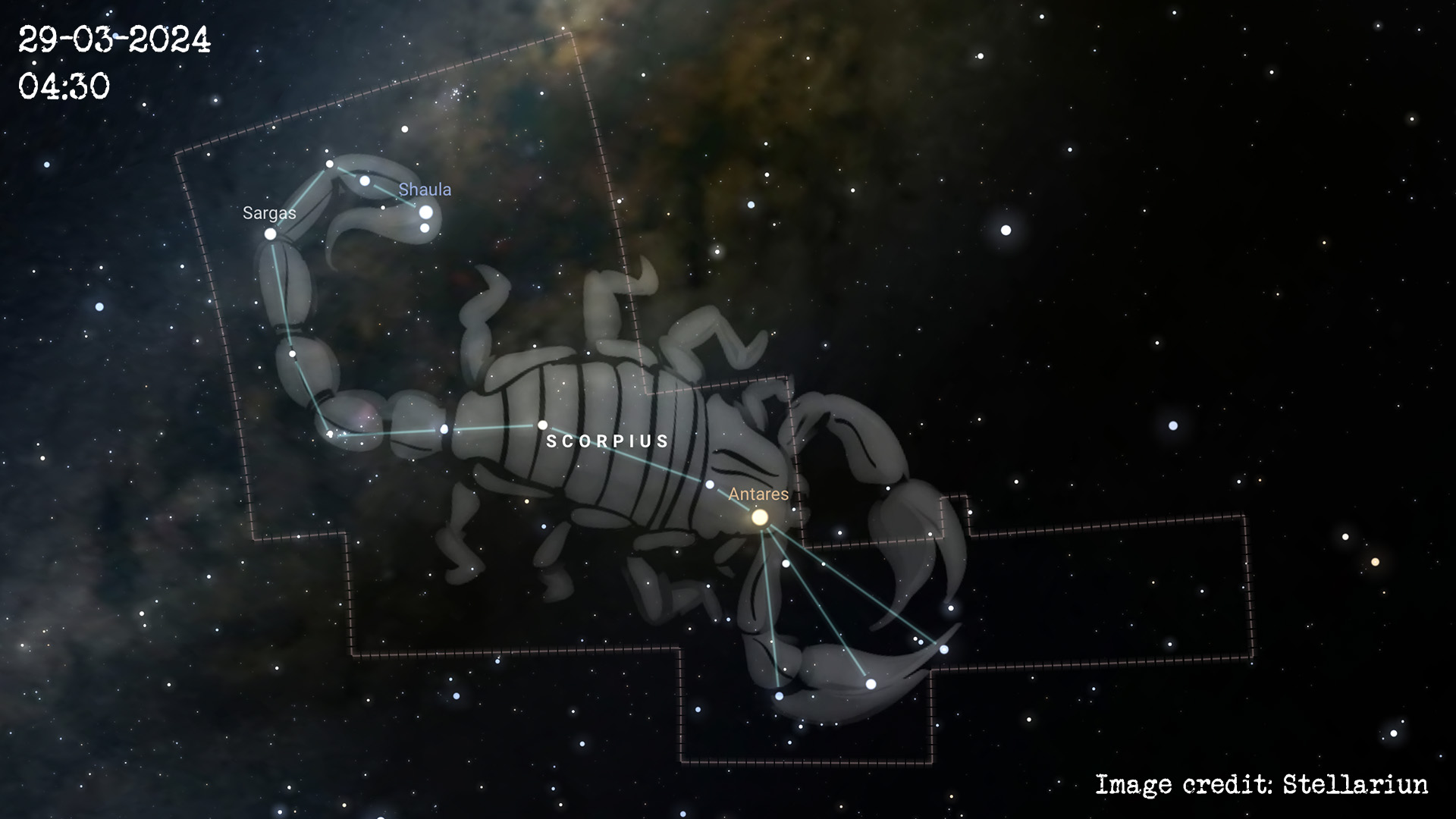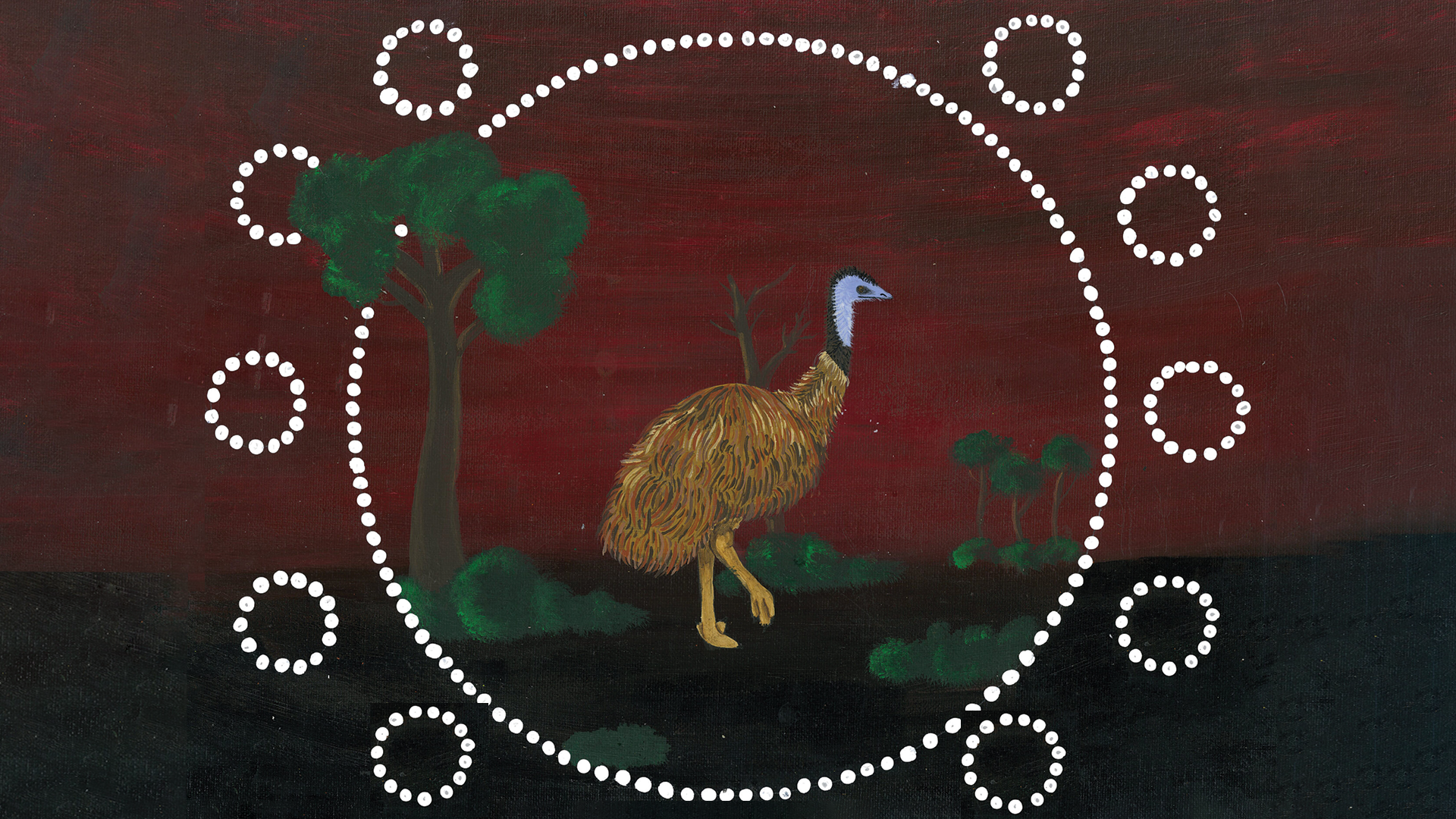Supermoon | 7th October, 5th November & 5th December
You’ve probably heard about 'supermoons', but what are they? In the strictest sense, supermoon isn't an astronomy term — the name was coined by an astrologer, and even today, some people are still convinced that the extra gravitational 'tug' from a supermoon is...
Leonids Meteor Shower | 18th November
A waning crescent moon creates ideal dark sky conditions for this year's Leonids Meteor Shower. You can make the most of watching for "shooting stars". The Leonids Meteor Shower is generated from comet Tempel-Tuttle and is active from 6th to 30th of November. The...
Have you seen Mercury? | 13th and 21st November
If you haven't ticked Mercury off your planet bucket list yet, tonight is the night! Use bright red-coloured Mars as your guide and you'll spot the closest planet to the Sun in no time at all. After sunset on 13th November, Mercury is just to the left of Mars. There's...
Jupiter, the Moon and Gemini | 11th November
Jupiter is starting to rise in the late evenings/early mornings. On 5th November, there's a great opportunity to see bright Jupiter sitting above the Moon. It also appears alongside the constellation, Gemini. You'll be able to see the two bright stars of Gemini,...
Scorpius | Spring
Sometimes, it’s quite difficult to make out the shape of constellations, but you should have some success with Scorpius.
Andromeda Galaxy | October – December
Andromeda is in our galactic neighbourhood of local galaxies. It’s 2.5 million light years away and the most distant object visible to the human eye.
Magellanic Clouds | Summer & Autumn
Visiting and staying in country WA gives you an excellent opportunity to see the Magellanic Clouds, normally made invisible by bright city lights. The Large and Small Magellanic Clouds (often abbreviated to LMC and SMC) are galaxies near our own Milky Way Galaxy. From...
Noongar calendar six seasons: Kambarang
Western Australia’s Noongar Aboriginal people lived by six seasons. In October and November, it’s Kambarangn the season of birth. The second spring is marked by longer dry periods

New Moon
1 November

First Quarter
9 November
Full Moon
16 November
Rises 7:39pm (AWST)

Last Quarter
23 November

